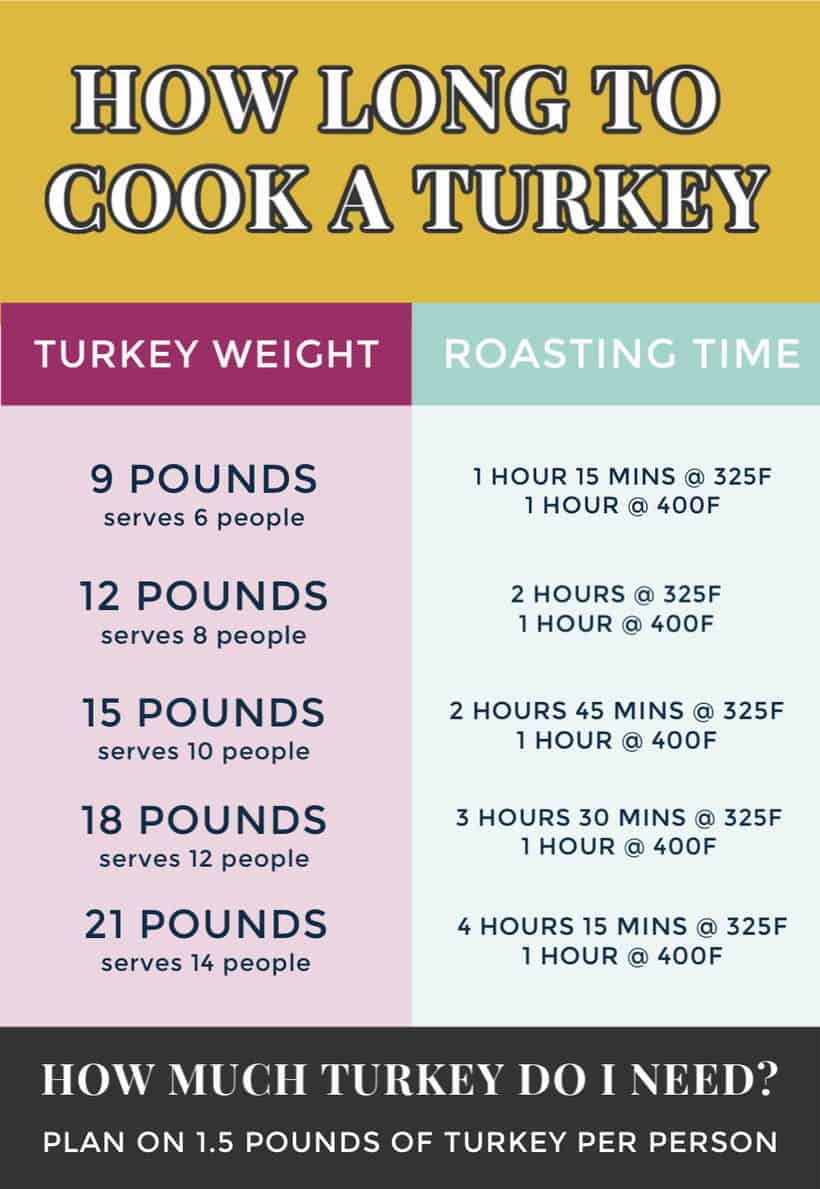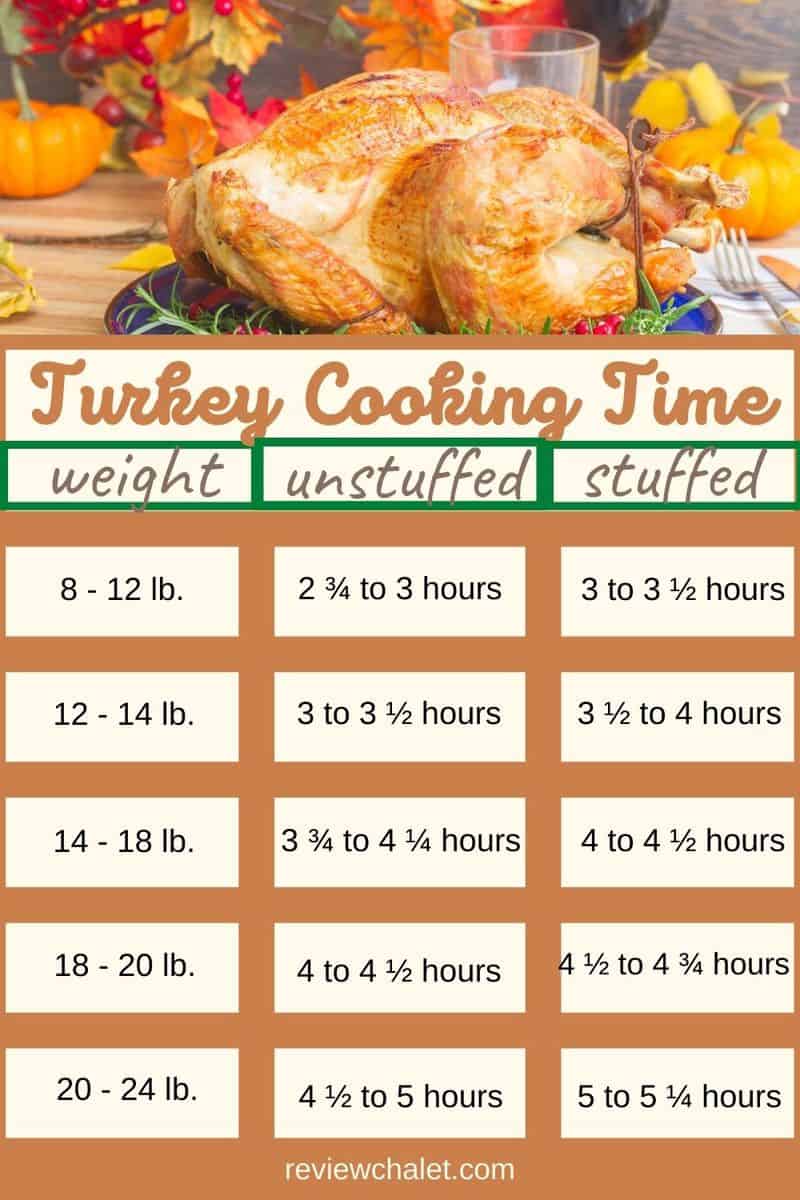

Eastern time, Monday through FridayĮ-mail: Thawing Thawing in the refrigerator Always use a meat thermometer to ensure the correct internal temperature of 165☏ has been reached.Ģ0–24 lbs → 4.75–5.25 hours USDA meat and poultry hotlineġ0:00 a.m. Oven times are approximate and will vary.
Let the turkey stand for 20 minutes before carving to allow juices to set. Insert a food thermometer in the thickest part of the breast to check for doneness. Turkey breasts should be cooked to 165☏. To check for doneness, insert a food thermometer in the thickest part of the inner thigh without touching the bone. Whole turkeys should be cooked to 165☏. Use a food thermometer to make sure the center of the stuffing reaches 165☏. Mix wet and dry ingredients together just before filling the turkey cavities. Fill the cavities loosely. Separate wet and dry ingredients, and chill wet ingredients (butter/margarine, cooked celery and onions, broth, etc.) until ready to prepare. If you choose to stuff your turkey, the ingredients can be prepared ahead of time. Use a food thermometer to check the internal temperature of the stuffing. For even cooking, bake stuffing in a separate casserole dish, versus in the bird. Place turkey or turkey breast on lower rack in a shallow roasting pan. Set oven temperature no lower than 325☏. Remove the giblets from turkey cavities after thawing. Cook separately. According to the USDA, for an unstuffed turkey, you should allow 2 3/4 to 3 hours for an 8- to 12-pound turkey 3 to 3 3/4 hours for a 12- to 14-pounder 3 3/4 to 4 1/4 hours for a 14- to 18-pounder 4 1/4 to 4 1/2 hours for an 18- to 20-pounder and 4 1/2 to 5 hours for an 20- to 24-pounder.įor a stuffed turkey, allow 3 to 3 1/2 hours for an 8- to 12-pound turkey 3 1/2 to 4 hours for a 12- to 14-pounder 4 to 4 1/4 hours for a 14- to 18-pounder 4 1/4 to 4 3/4 hours for an 18- to 20-pounder and 4 3/4 to 5 1/4 hours for a 20- to 24-pounder.Roast your turkey to perfection with these turkey roasting tips. While you should always use temperature as the most reliable indicator of doneness, it does help to have a rough timetable for scheduling guidance. If the juices run clear, not pink, the turkey should be done. Doneness can also be determined by inserting a long-tined fork into the thickest area of the inner thigh. Press the fleshy part of the thigh with your fingers if the meat feels soft, or if the leg moves up and down easily and the hip joint gives readily, the turkey should be done. This is the area that is always the slowest to cook. To take the temperature, insert an instant-read thermometer in the deepest part of the thigh, nearly to the hip joint, but taking care not to touch the bone. That “push” after roasting should result in a final temperature of around 175 degrees. Note also that there is usually at least a 10-degree increase in temperature that comes in the 30 minutes between removing the bird from the oven and carving it. For that reason, it’s usually best to cook the stuffing outside the bird (this will also result in a much shorter cooking time). 
Now the recommendation is a much saner 165 degrees.īut notice that if you’re roasting a stuffed turkey, you’ll need to take the temperature deep in the center of the stuffing, by which time the breast meat could be overcooked. What is the proper temperature for a roasted turkey? For years the Department of Agriculture called for 180 degrees, but that was a sure recipe for a tired, overcooked bird.

And 5 or 10 degrees is enough to make the difference between a perfect turkey and one that’s over- or under-cooked. There are far too many variables for any recipe to be able to accurately predict exactly how long your bird will take. Judge when your turkey is done cooking by taking its temperature rather than by looking at the clock.







 0 kommentar(er)
0 kommentar(er)
